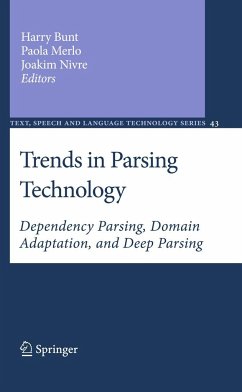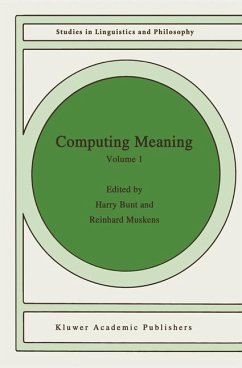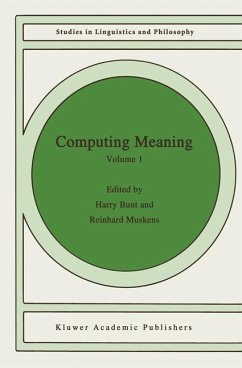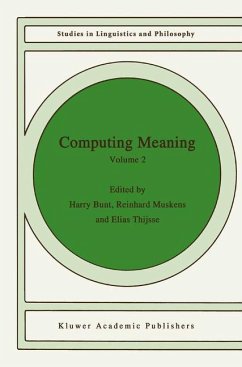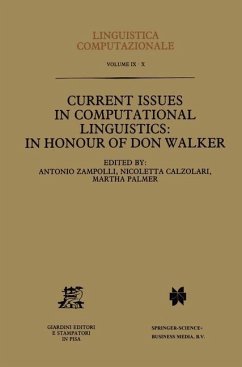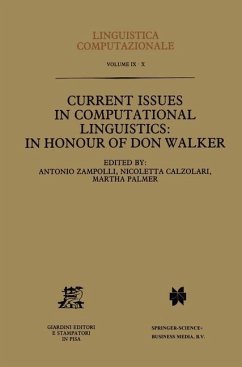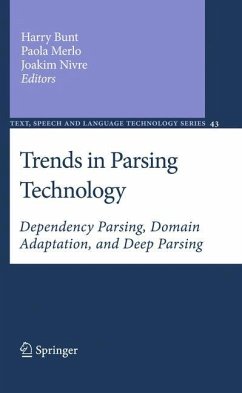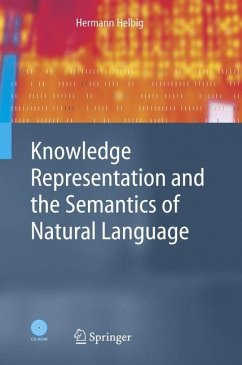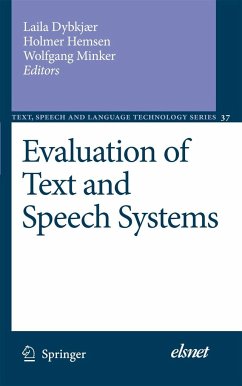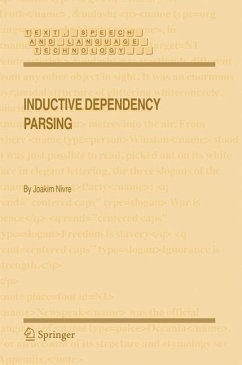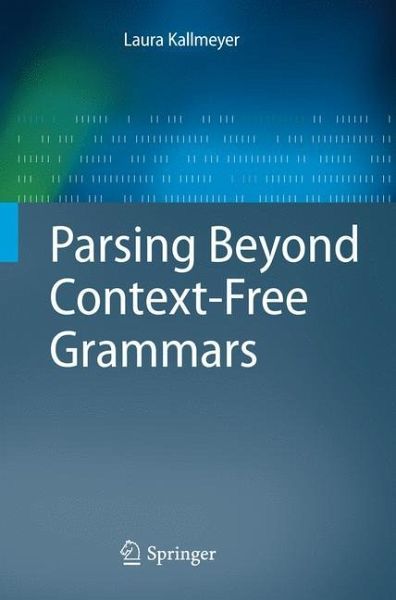
Parsing Beyond Context-Free Grammars
Versandkostenfrei!
Versandfertig in 6-10 Tagen
38,99 €
inkl. MwSt.
Weitere Ausgaben:

PAYBACK Punkte
19 °P sammeln!
This book provides an extensive overview of the formal language landscape between context-free grammars (CFG) and PTIME, moving from Tree Adjoining Grammars to Multiple Context-Free Grammars and then to Range Concatenation Grammars.
Given that context-free grammars (CFG) cannot adequately describe natural languages, grammar formalisms beyond CFG that are still computationally tractable are of central interest for computational linguists. This book provides an extensive overview of the formal language landscape between CFG and PTIME, moving from Tree Adjoining Grammars to Multiple Context-Free Grammars and then to Range Concatenation Grammars while explaining available parsing techniques for these formalisms. Although familiarity with the basic notions of parsing and formal languages is helpful when reading this book, it is not a strict requirement. The presentation is supported with many illustrations and examples relating to the different formalisms and algorithms, and chapter summaries, problems and solutions. The book will be useful for students and researchers in computational linguistics and in formal language theory.



